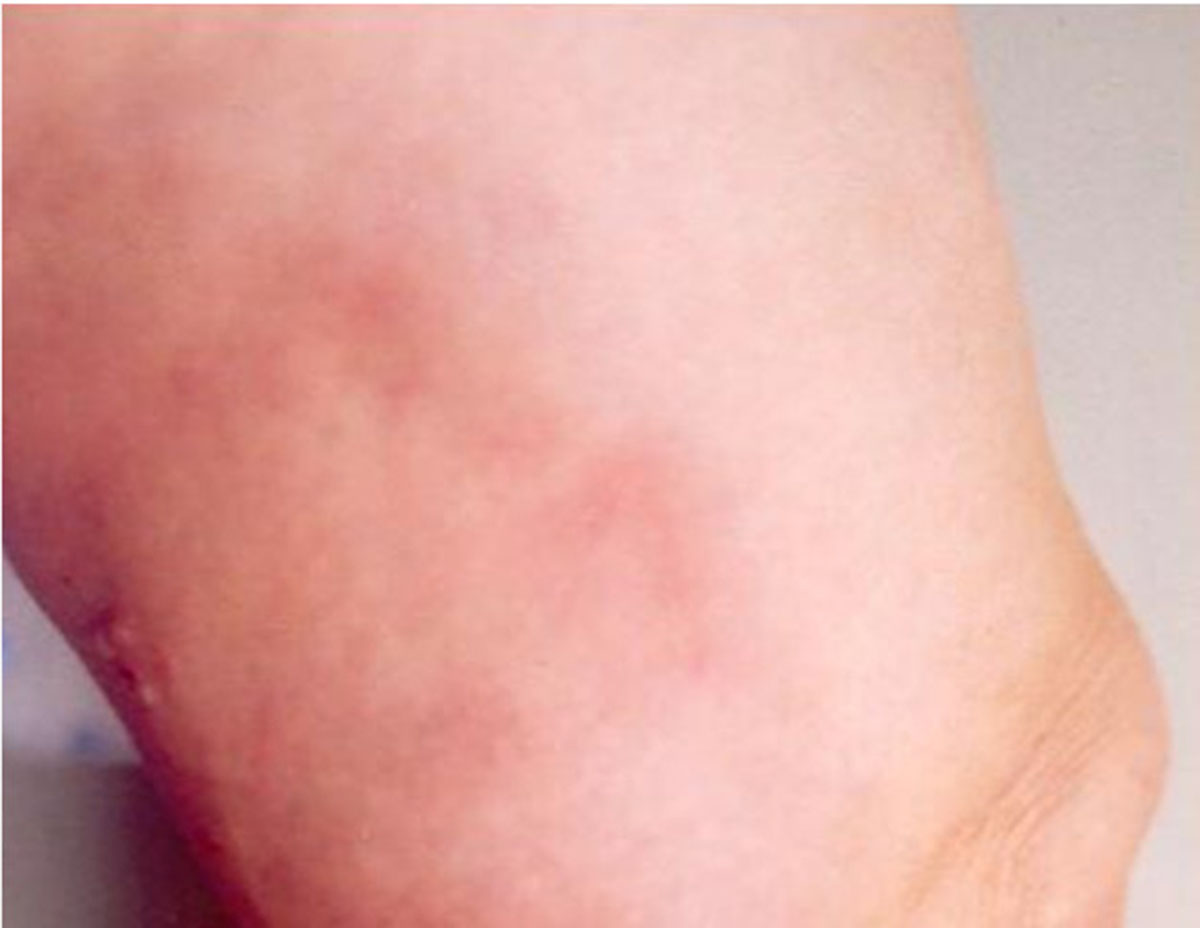
Rodent Ulcer
Rodent ulcers are one of the characteristics of the eosinophilic granuloma complex. This condition includes the invasion of the epithelial tissues with specific white blood cells- eosinophils. Eosinophils are white blood cells which predominantly occur in large number in certain allergic diseases including asthma and they can also occur in infections caused by parasites. These cells accumulate and invade dermal tissue of the skin. Their accumulation can additionally affect epidermis which consequently results in ulcerations. Unfortunately, the explanation why eosinophils tend to invade the healthy tissue has not been found yet.
Eosinophilic Granuloma Complex
Eosinophilic granuloma complex is inflammatory skin disease of cats and includes three separate syndromes: rodent ulcers, eosinophilic plague and eosinophilic granuloma.
Rodent ulcers most commonly affect the upper lip. They are elevated comparing to the surrounding tissue. Eosinophilic plaques predominantly affect perineal and inguinal area. They can also occur in axillary region and on thighs. Eosinophilic plaques are red lesions, mostly moist and they are not covered with hair. Eosinophilic granulomas can affect every part of the body. Still in most patients granulomas are located on the lips and in oral cavity. These skin changes can even affect the pads of the feet causing lameness. If granulomas develop inside the oral cavity the cat will have difficulties with eating, drool saliva and its breath will be smelly. In majority of cats all these three lesions can be found at the same time. If the veterinarian wants to differentiate one from another he/ she may perform the biopsy of the skin changes.
Skin lesions are painful. Still the treatment is successful and the skin changes withdraw completely. The treatment includes corticosteroids. They can be administered either orally or via injections. Corticosteroids can lead to a variety of side effects and the veterinarian will most probably prescribe the lowest dose. In mild cases even antibiotics can be helpful. These skin changes can heal completely and the owner should pay attention and prevent possible grooming of the lesions. This can be successfully achieved by bandages or buster collars.
The Cause of Eosinophilic Granuloma Complex
This disease can be an allergic reaction to certain allergens. Furthermore, it is believed that it can develop in ones with genetic predisposition. Cats frequently develop allergies to flies and food. They can also become allergic to pollens or house dust mites.
The symptoms and signs of eosinophilic granuloma complex may appear and disappear even in case that the cat is not treated. If the allergy is cause of these skin changes the owners should keep their animals away from potential allergens. And it is better not to use corticosteroids if the symptoms and signs of the disease are not intensive.





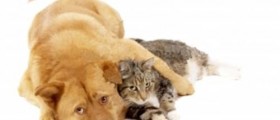

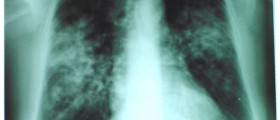



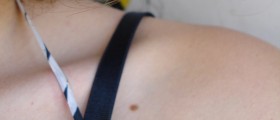

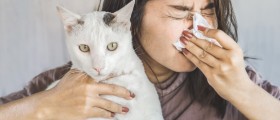
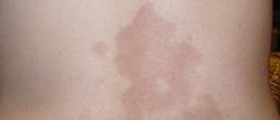


Your thoughts on this
Loading...